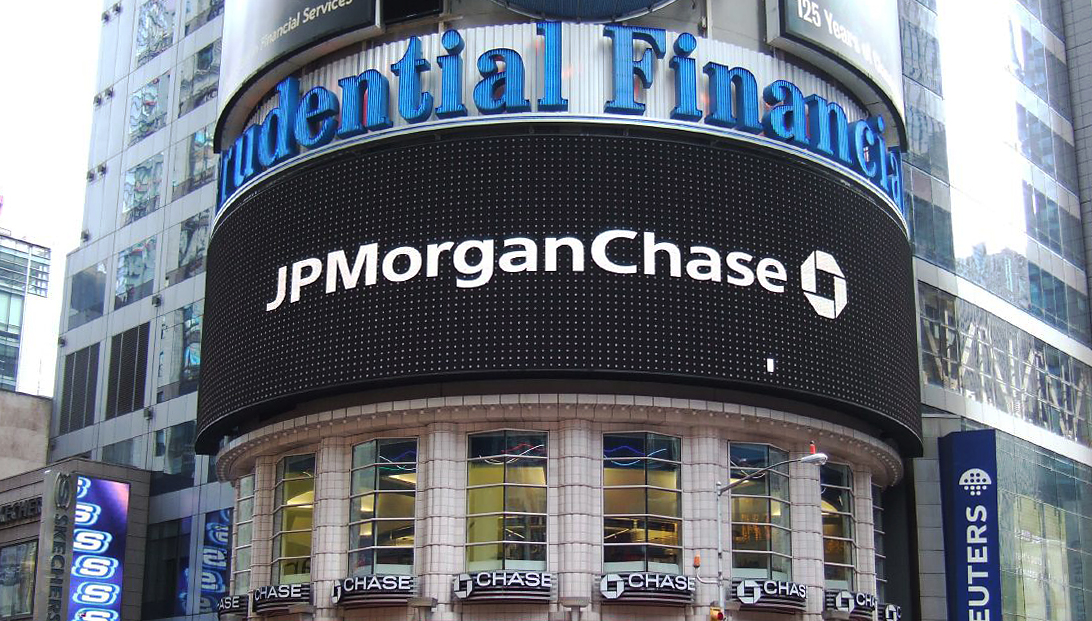Five years ago last week Bear Stearns, then one of the nation’s largest brokerage houses, told the Federal Reserve it was out of money. Despite a $12.9 billion emergency loan from the Fed, within two days Bear Stearns was forced to merge with JP Morgan Chase — a deal facilitated with a $29 billion loan from the Federal Reserve Bank of New York.
It was the opening chapter of what would become the worst American financial crisis in two generations.
The other shoe dropped in September, when the government refused to save Lehman Brothers, another huge investment house. Lehman’s collapse really roiled financial markets and spurred Congress and the White House into action.
The crisis sparked the nation’s worst recession since the mid-1970s. Unemployment peaked at 10 percent in October 2009 and remains stubbornly high at 7.7 percent. The stock market lost half its value (though it has subsequently recovered all of that). Millions of homes went into foreclosure, and homeowners lost more about $7 trillion in value before home prices began to rise in 2011 and 2012.
Before the end of 2008, Congress would pass extraordinary legislation authorizing the Troubled Asset Relief Program that ultimately would hand out more than $200 billion to more than 700 financial institutions, making the federal government part owner for a time of some of the world’s largest banks.
Most of that money has been repaid — with interest and dividends — and the banking industry has emerged shaken but in some senses thriving. Last year was the second most profitable ever for the nation’s banks, according to reports filed with the Federal Deposit Insurance Corp.
But it is unmistakably true that the industry is fundamentally different today than it was five years ago.
Because of failures and mergers there were 1,450 fewer banks on Dec. 31, 2012, than at the end of 2007. No new bank has been chartered in the United States since April 15, 2011. Most of the handful of new banks created in the past five years were set up to acquire banks that had failed.
Meanwhile, banks have continued to get larger. On Dec. 31, 2007 there were 8,543 banks in the United States, with median assets of about $132 million.
At the end of last year, there were 7,092 banks and the median assets were $168.3 million, a 27.4 percent increase .
Much of the new growth has occurred at the top end of the industry. At the end of 2007, there were 18 banks with more than $100 billion in assets, accounting for 54.5 percent of the industry total. Five years later, there were 19 banks larger than $100 billion, and they made up 60.8 percent of the total. But even smaller banks are expanding, as well. In 2007, more than 3,400 banks had assets of less than $100 million; by the end of 2012 that number was down to 2200.
JPMorgan Chase, the largest bank, had more than $1.3 trillion in assets in 2007, about 10 percent of the industry total. On Dec. 31, 2012, its assets had grown to nearly $1.9 trillion, or more than 13 percent of the industry.
In many ways, banks today appear to be more conservative than they were just a few years ago.
This additional concentration has occurred in the face of a national political debate over the advisability of having banks so large that they are deemed “too big to fail” because their collapse would trigger widespread financial and economic problems that could ripple through the whole world economy. Lately, some have begun to refer to these gigantic institutions as “too big to jail” because of the government’s apparent reluctance to pursue criminal charges against them.
In many ways, banks today appear to be more conservative than they were just a few years ago.
Partly because of the slow recovery from the recession, partly because of additional regulatory scrutiny and partly because bankers are being more careful with their credit decisions, total lending is still nearly 3.5 percent lower than at the end of 2007 (none of these figures have been adjusted for inflation).
And the makeup of the loan portfolio has shifted significantly. Single-family mortgage loans are down by 15.4 percent, though they still are the largest category of loans. Business loans, the second largest loan, are up by about 4.8 percent. Loans to individuals are up by 25 percent.
Lending to finance land development and construction fell by two-thirds between the end of 2007 and the end of 2012. As reported previously, those loans were a key reason behind many of the bank failures in the past five years. But without some recovery in that category, it might be difficult to sustain growth in new housing construction.
Unlike at some times in the past, there is no shortage of money available to banks. Deposits grew by 28 percent over the past five years.
With lending restrained, bankers had to find other places to put the cash. Banks now hold 54 percent more securities (mostly bonds) than they did five years ago. Cash on hand is nearly triple its 2007 level.
Banks also now appear more able to withstand losses. Equity capital is up by 20 percent. The Federal Reserve reported earlier this month that 17of 18 of the largest banks would be able to weather a severe recession. Ironically, the only one that didn’t pass was Ally Financial, the lending arm of General Motors; the U.S. Treasury owns about 73 percent of Ally as part of the government’s efforts to shore up the auto industry during the financial crisis.





